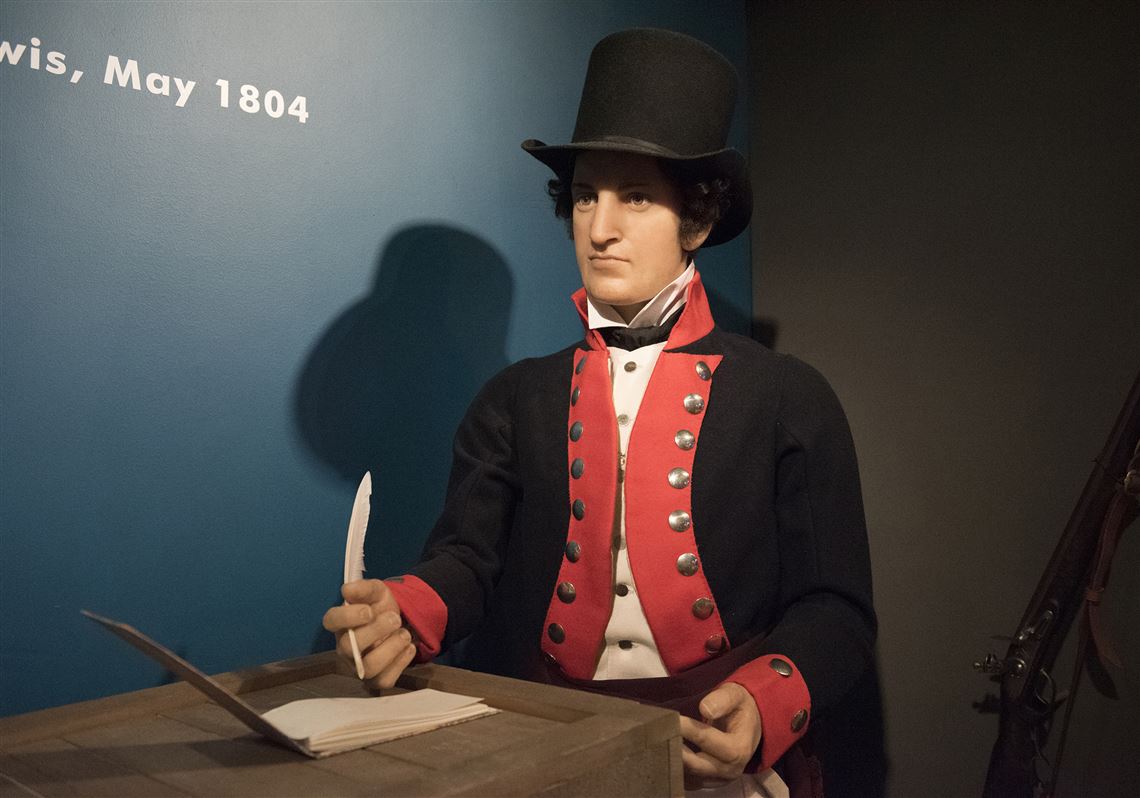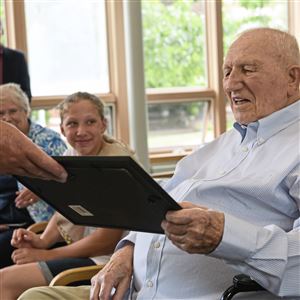You can’t tell the full story of the moon landing if you leave out the Kennedy Space Center, and you can’t tell the story of the Lewis and Clark Expedition if you leave out Pittsburgh.
A congressional committee held a hearing in Washington last month to right a historical wrong. The head of the Lewis and Clark Trail Heritage Foundation came in from Great Falls, Mont., to say the trail is still 1,200 miles short. It needs to start where the Ohio River does, not on the Mississippi River north of St. Louis.
Pittsburgh is where Meriwether Lewis purchased the 50-foot keelboat that would get the Corps of Discovery up the Missouri River; it was where he assembled recruits to man the boat and bought a Newfoundland dog named Seaman; it’s also where he received the letter from William Clark that said he’d happily co-quarterback the team.
President Thomas Jefferson was eager for these guys to explore his new Louisiana Purchase, and there was no better place to prepare in 1803 than Pittsburgh.
“Pittsburgh was seen by Jefferson as the gateway to the West and Lewis saw it that way, too,” Andy Masich, longtime president and CEO of the Senator John Heinz History Center, said.
Sure, the trip had to be delayed, frustrating Lewis to no end, because builder Jacob Myers would regularly get hammered when he was supposed to be hammering. But his was hardly the last government contract that didn’t come in on time. Once the boat was complete at Fort Fayette wharf, where the David L. Lawrence Convention Center is now, Lewis and his men floated down the Allegheny to the Ohio and to what we once blithely called this nation’s manifest destiny.
They were hoping for an all-water route to the Pacific Ocean and found none. But as a National Park Service study endorsing the trail extension recently put it, what happened in the expedition’s early days set the stage for what followed in the great unknown: “Lewis tested his new guns and experienced difficulties and delays navigating the river, including dealing with unexpected ‘riffles’ or sandbars that blocked the boats.”
The tardy Aug. 31 launch meant the water was low, and the expedition’s first day nearly ended in disaster about three miles downriver. The boat stopped at Brunot Island so Pittsburghers could check out what Mr. Masich called “the moon shot of its era.” Taxpayers wanted to see the sextant and air rifle and such.
But after Lewis demonstrated the 22-shot rifle with dead-eyed shooting of a target 50 paces away, a joker named Blaize Cenas grabbed it, it went off, and the bullet grazed a woman standing nearby. “She drops like a shot mallard,” Mr. Masich said. Once it was clear she’d survive, Lewis hustled his men back on the boat, but they had to take tons of supplies on and off it three times before McKees Rocks just to clear the sandbars.
Thus the story on the Ohio is worth sharing, and a Republican congressman from Indiana is championing this with the Eastern Legacy Extension Act. Rep. Luke Messer’s bill would replace “Wood River, Ill.” as the trail’s beginning with “the Ohio River in Pittsburgh.” Clarksville, Ind., where Lewis and Clark met in October 1803 and gathered more recruits, wants this badly.

The history speaks for itself, but getting this extension isn’t a slam dunk. The National Park Service says it would need another $300,000 to $500,000 to staff this new territory each year, and highway signs aren’t cheap either. But crying poverty is standard for the park service, and the proposal’s backers point out that this all-water addition requires no land acquisition.
John McNulty, 54, of Elliott, who participated in long stretches of re-enactment of the original journey and return in 2003 and 2006, said Western Pennsylvania owns the story of how Lewis and Clark met. Lewis came out here in 1794 to help quell the Whiskey Rebellion and was reassigned to Capt. Clark’s platoon the following year.
As for St. Louis and its sky-high arch proclaiming it the true Gateway to the West, Mr. Masich has an answer for that, too. The outer and inner walls of The Gateway Arch were fabricated and bolted together at the Pittsburgh-Des Moines Steel Co. plants on Neville Island and in Warren up the Allegheny River. That’s right. Pittsburgh engineers oversaw the installation in St. Louis more than 50 years ago.
“We had to put up their arch for them,” Mr. Masich said. “Check it out. It’s even true.”
Brian O’Neill: boneill@post-gazette.com or 412-263-1947 or Twitter @brotheroneill
First Published: May 13, 2018, 11:30 a.m.
















